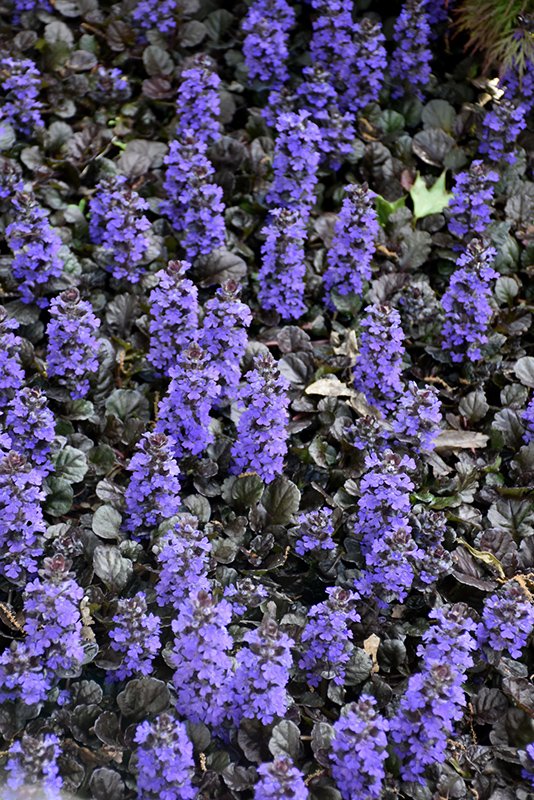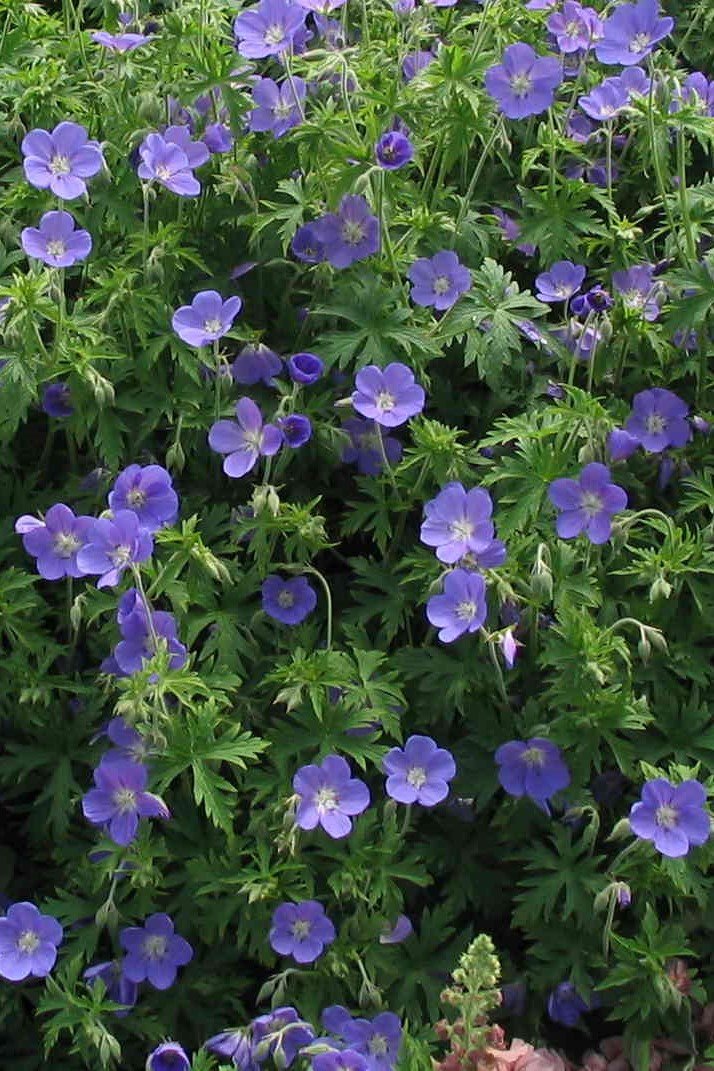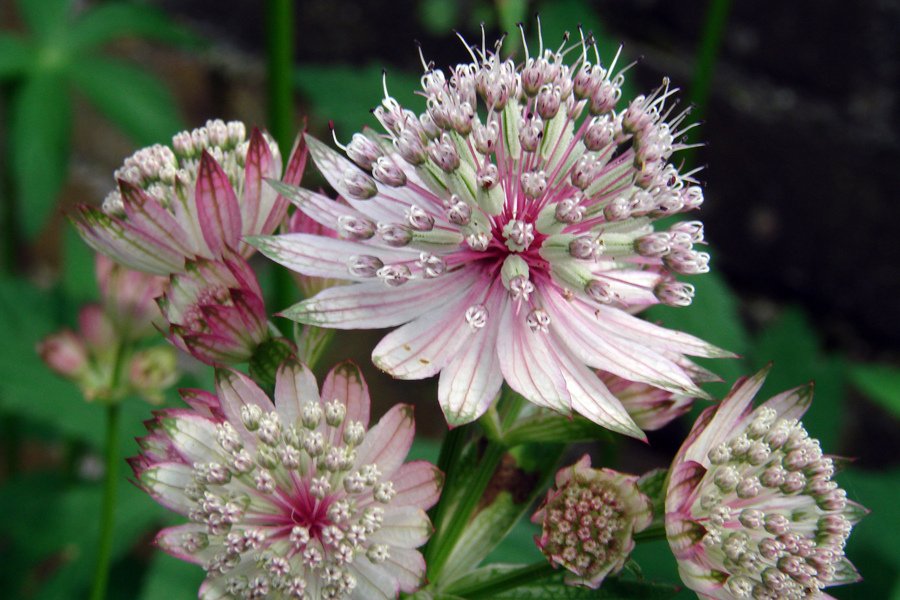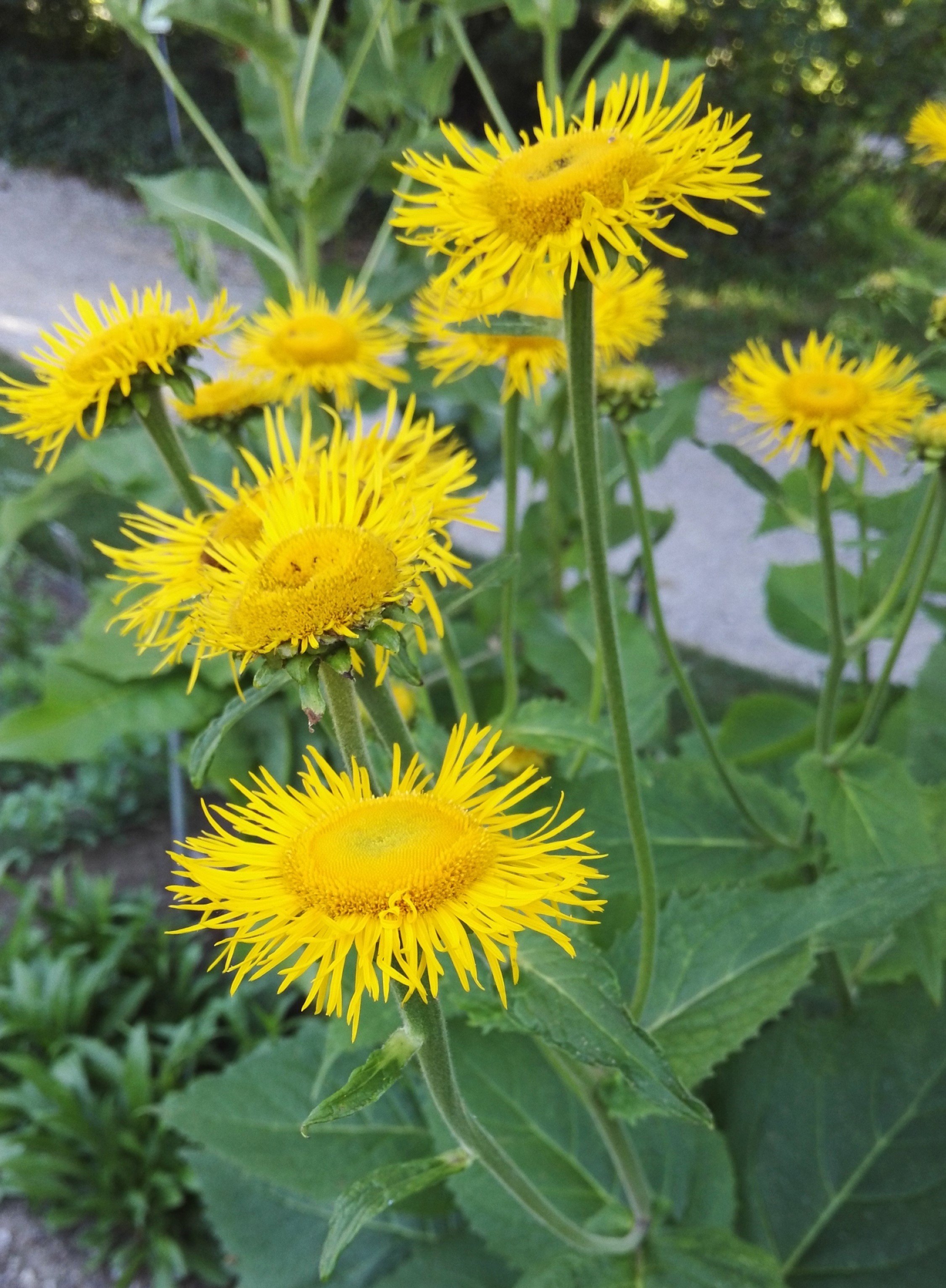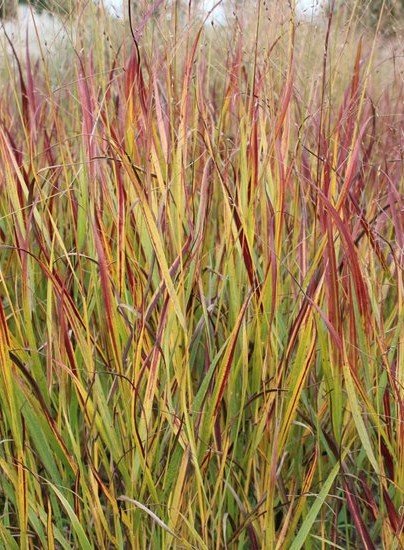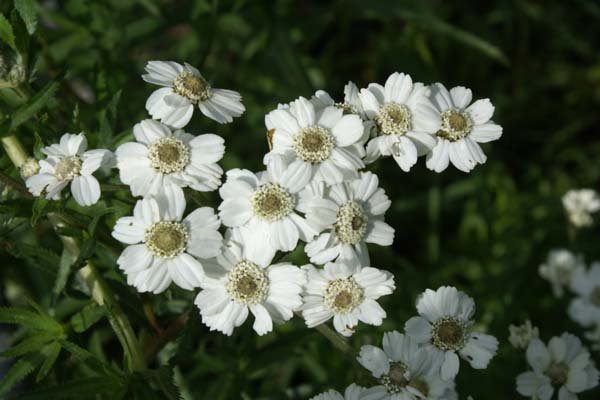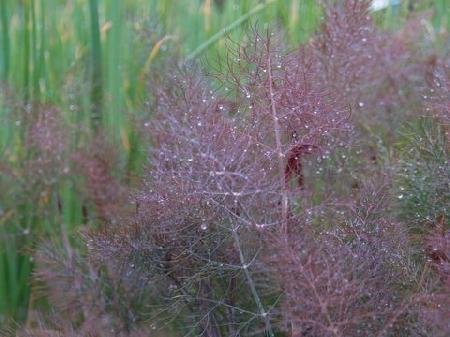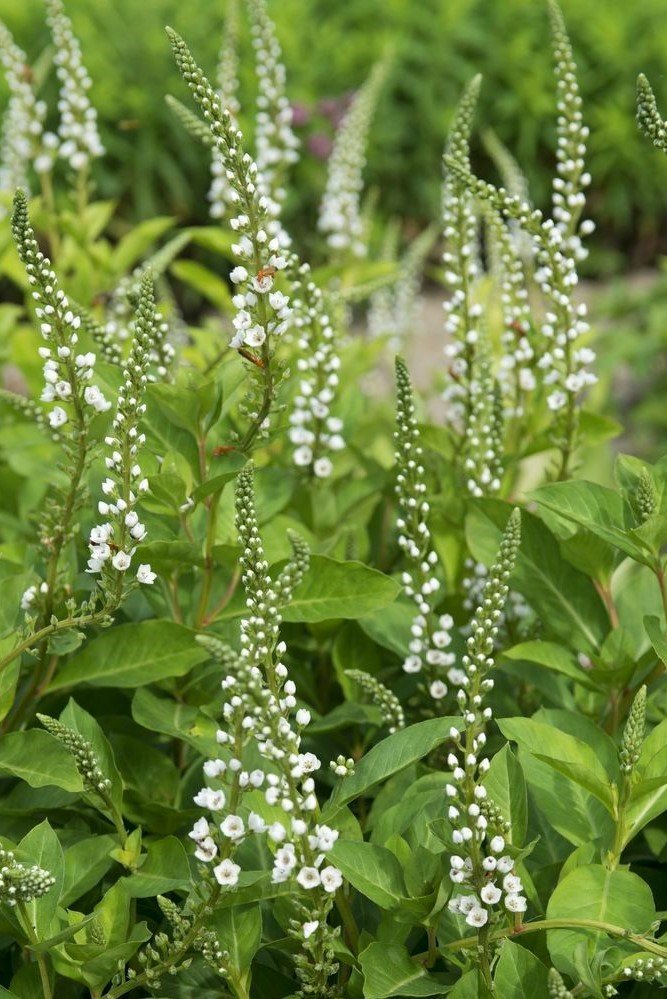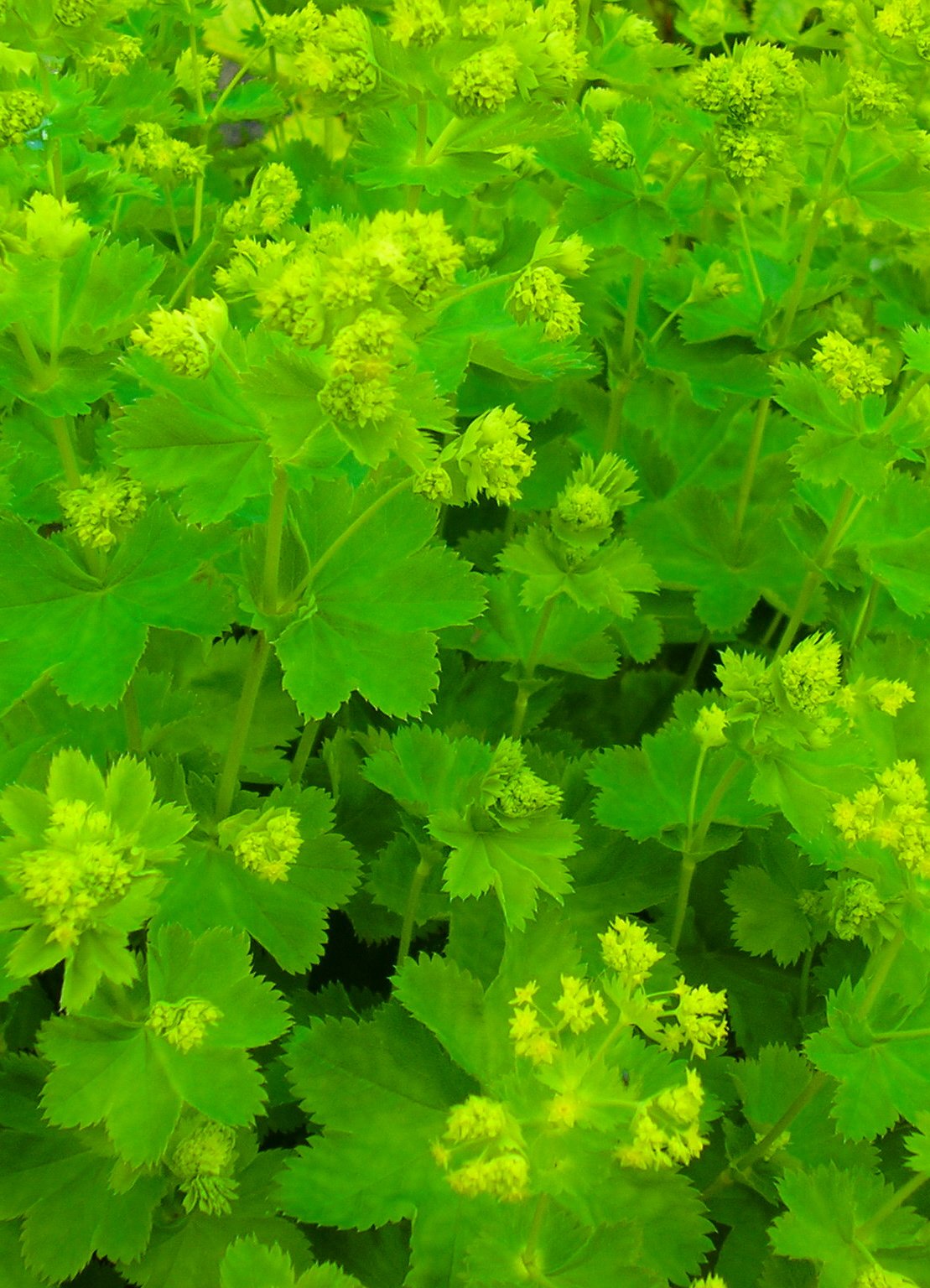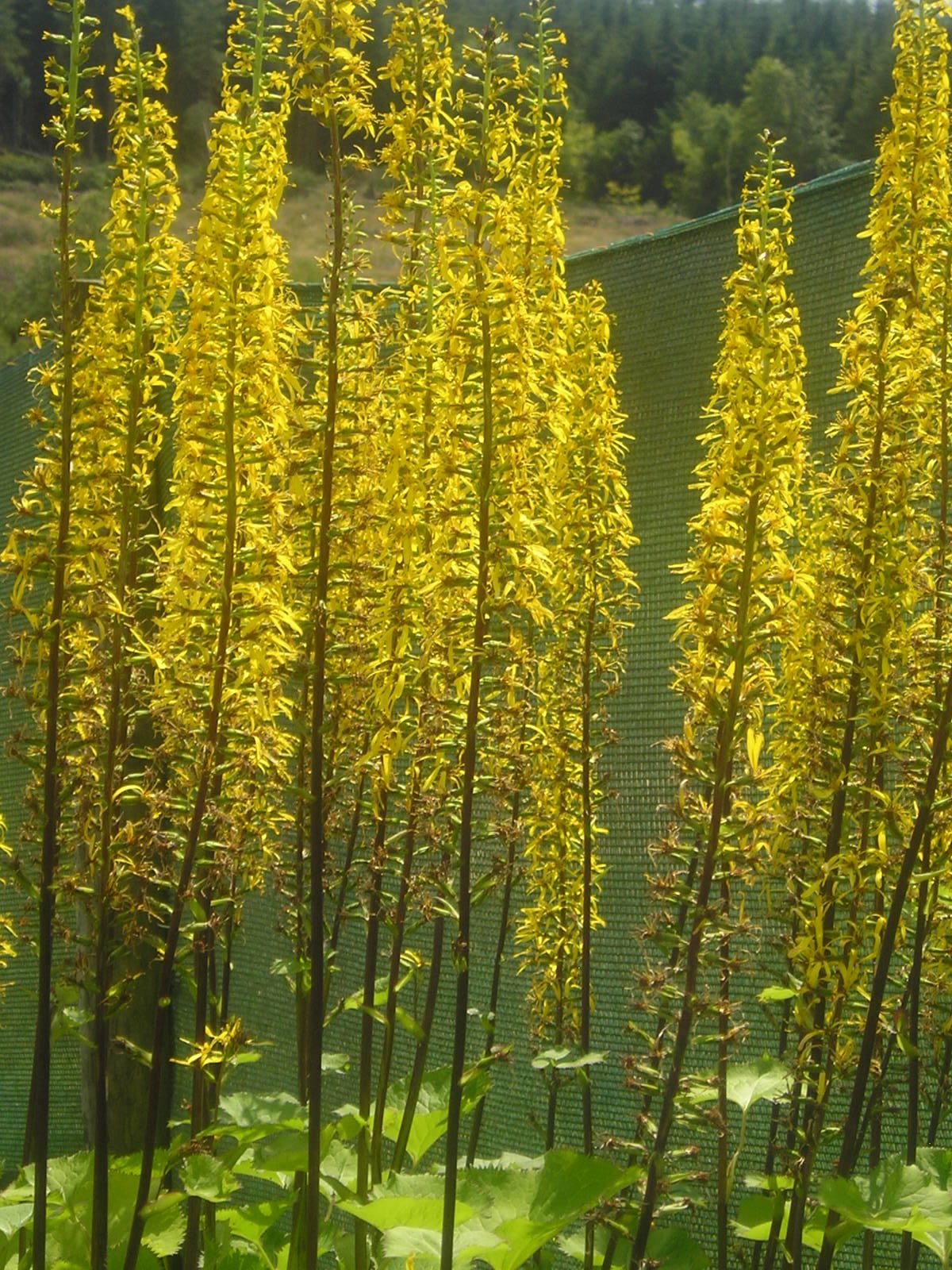Foliage in the garden
When we choose our plants it’s easy to look only at the flowers and choose what we want based on flowers alone- even though they might only flower for a short part of the year. We always say to look at the foliage as well. This is the part of the plant that you will see for longer and with foliage you can create strong visual impact, texture and interest in the garden easily.
‘When selecting your plants take a good look at the foliage. Notice how it grows, i.e. does it grow close to the ground like Ajuja reptans ‘Black Scallop’? Form a mound like Geranium ‘Brookside’ or Astrantia Berendien Stam’? Is it tall with shiny leaves like Telekia speciosa? Perhaps it is a spiky transparent such as Panicum virgatum ‘Rotstrahlbusch’. Choosing plants with different forms, shapes and textures of foliage creates a natural looking garden that has great visual impact.
Focal points can be created and included using foliage, as well as using flowering plants. Think again about colour and shape. Colour interest can be included by using plants with dark or silvery foliage as well as greens. The unmistakable silvery fern-like leaves of some Achilleas for example or the dense matt grey and interestingly scented clumps of Helichrysum ‘Schwefellicht’. The dark purple leaves and serious structure of Verbena officinalis grandiflora ‘Bampton’ make it a lovely example of a mid-sized (up to 80cm) plant that has dark leaves, a strong structure and branching growth that makes it a handy translucent. Excellent in so many areas of the garden. Physocarpus opulifolius ‘Diablo’ grows up to 250cm and its dark purple leaves stay dark all summer. Every garden should have one! A great canvas to plant contrasting colour in front of. Yellows will really stand out in front of the dark leaves, or blues, pinks or purples will complement the colour of the foliage nicely.
Some foliage changes colour in a striking way, such as Lysimachia ‘Candela’. The light green, luscious foliage turns a vibrant fiery red in the autumn. The pretty white flowers bring summer interest and the change of colour in the foliage continues the interest of the plant well into late autumn making it a valuable addition to the garden. Planted in a group of three to seven creates a strong impact, without looking unnatural. Any plant that gives interest for this long is great value for money and well worth including. For something larger, that gives interest for a long time too with a vibrant colour in the foliage ‘Itea virginiana ‘Henry’s Garnet’ is a lovely example. While known mostly for its profusion of white flowers that carpet the shrub in mid Spring to early Summer, its foliage is wonderful turning to purples and reds in the Autumn and into early Winter. It grows up to 120cm. A good shrub to mix in with perennials or to plant in a group for a big impact area.
The tall feathery bronze coloured fronds of Foeniculum vulgare ‘Purpureum’ or the statuesque Angelica archangelica are both examples of foliage focal points for height. Think about texture and shape as well as size. Lychnis coronaria ‘Atrosanguinea’ has soft grey tactile leaves and its foliage grows low. It’s difficult to walk past without touching the velvety leaves. Alchemilla with its gentle scalloped leaves that enchantingly hold a pearl of rainwater in the centre after a shower is a lovely addition to the garden. They grow in such a natural way, around and between other plants and garden features that they lend a natural, soft feel to any garden they are included in.
Size of the leaves is another consideration. Place plants with a variety of size and shape of leaves close together to give the best effect. Remember to plant in groups of three to seven depending on how much space you have. Group plantings of plants with large leaves such as Ligularia ‘Zepter’ give an exotic, jungle-like feeling. Using a hardy plant like this is a cheap and fast way to create this exotic look- the plants will get bigger each year and there is no need to bring them inside or cover them in the winter. The small dense leaves of Thymus pulegioides ‘Creeping Mauve’ make a tumbling mound of shiny green, they will cascade over rockeries or stones and will grow around the base of taller plants.
When deciding what to put where consider putting contrasting foliage close together so that each is highlighted but not so contrasting that it gives a stark effect. Include different sizes and shapes of plants and different sizes and shapes of leaves. Be sure to play with colour and texture. The effects you can achieve with foliage are stunning and satisfying, bringing a lovely depth to your plantings.
All of the varieties mentioned in the article are available to buy now in our online shop or here on our nursery.
